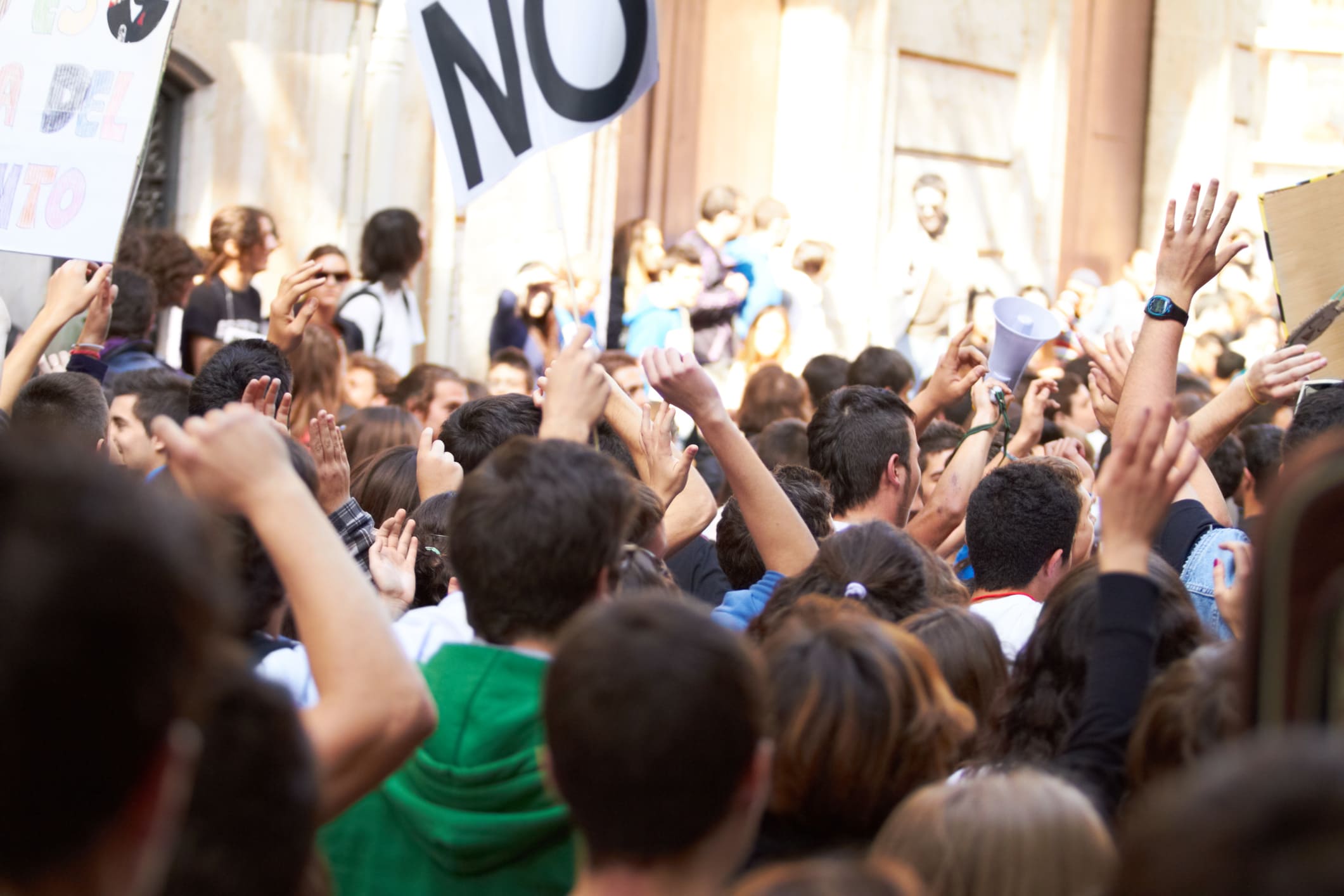Protest Coverage. Do You Have It?
Many businesses already struggling with the COVID-19 pandemic have now been impacted by the protests and riots across the country. Rioting has caused physical damages to businesses and government curfews and shutdown orders have interrupted businesses causing lost income.
There is a misconception that damages caused by rioting are not covered by most insurance policies. But the situation is more complex. Some policies do include exclusions for rioting, such as the following language from a commercial general liability policy:
This insurance does not apply to “bodily injury” or “personal and advertising injury” arising out of:
1. Riot, civil commotion or mob action; or
2. Any act or omission in connection with the prevention or suppression of a riot, civil commotion or mob action.
But as Todd Bennice, Senior Vice President of Risk Management for insurance broker Hylant stresses: “riot exclusions are not universal. Absent such an exclusion, business owner and commercial property policies provide coverage for many types of losses, such as broken windows, debris and graffiti removal, and stolen property.” Mr. Bennice also notes that business interruption coverage may also apply to businesses forced to close as a result of physical damage caused by riots or curfews and lockdowns under civil authority extensions of coverage.
Losses caused by rioting may also interact with exclusions for terrorism. Many terrorism exclusions contain language such as the following that distinguish between rioting and terrorism, and therefore arguably imply that the former is covered:
Any act which satisfies the definition of terrorism shall not be considered to be vandalism, malicious mischief, riot, civil commotion, or any other risk of physical loss or damage covered elsewhere in this Policy.
However, statements by politicians describing the rioting as “domestic terrorism” could bring these exclusions into play.
So, what can businesses damaged by protests and rioting do? First, they must look at their insurance policies. Only by checking the language of all potentially applicable policies (primarily business interruption and commercial property coverages, although commercial general liability coverage might apply if there is a third-party claim) can a business determine whether there is coverage. But coverage is not the only thing to look for in the policies. Most insurance policies contain prompt notice requirements that must be complied with. Other potential exclusions, such as “waiting periods” before business interruption coverages kick in, or exclusions for buildings empty for more than 60 days (perhaps because of COVID-19) also need to be considered. Insurance professionals and coverage counsel can help businesses evaluate these issues.
Second, businesses must carefully track and document all damages and lost income related to a claim. This includes taking reasonable steps to mitigate any damages and documenting those costs. Businesses should retain all documents relating to the losses and consider setting up special accounting codes to help track them. Business interruption claims in particular require careful documentation, and it may be difficult to distinguish between losses caused by the protests and rioting as opposed to the COVID-19 pandemic and the general economic environment. Once again, insurance professionals and coverage counsel can be extremely useful in navigating these challenges.


